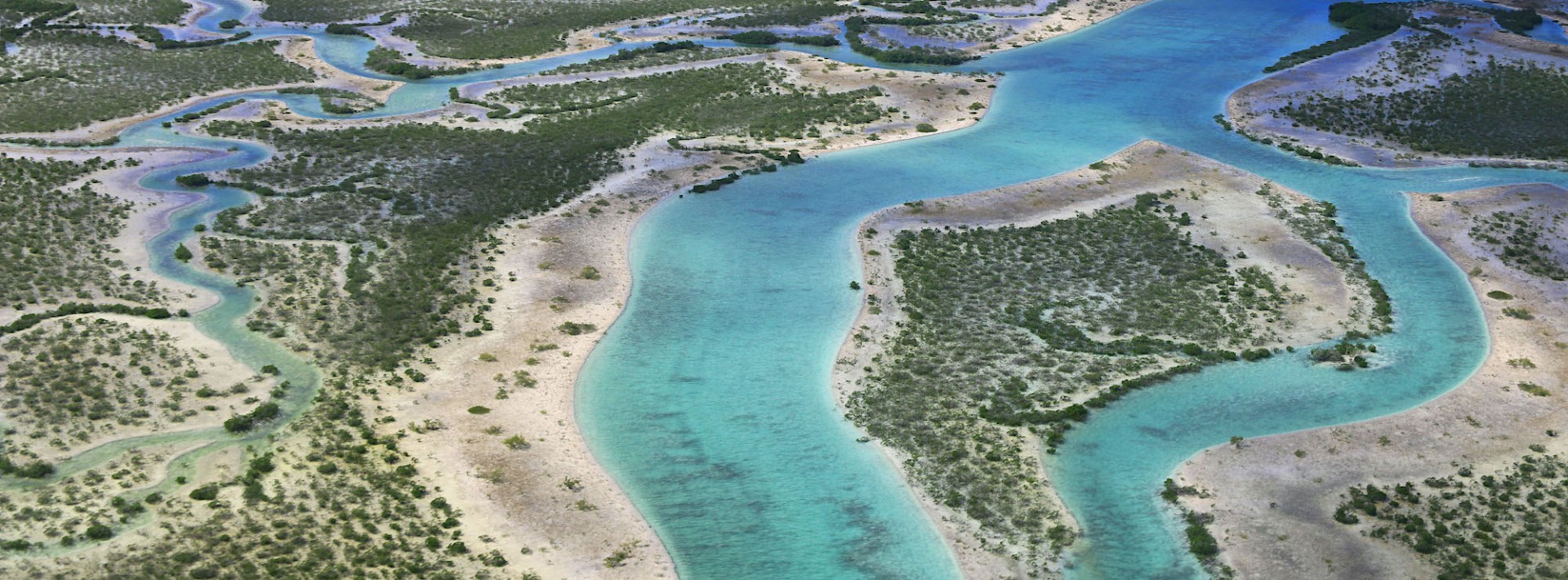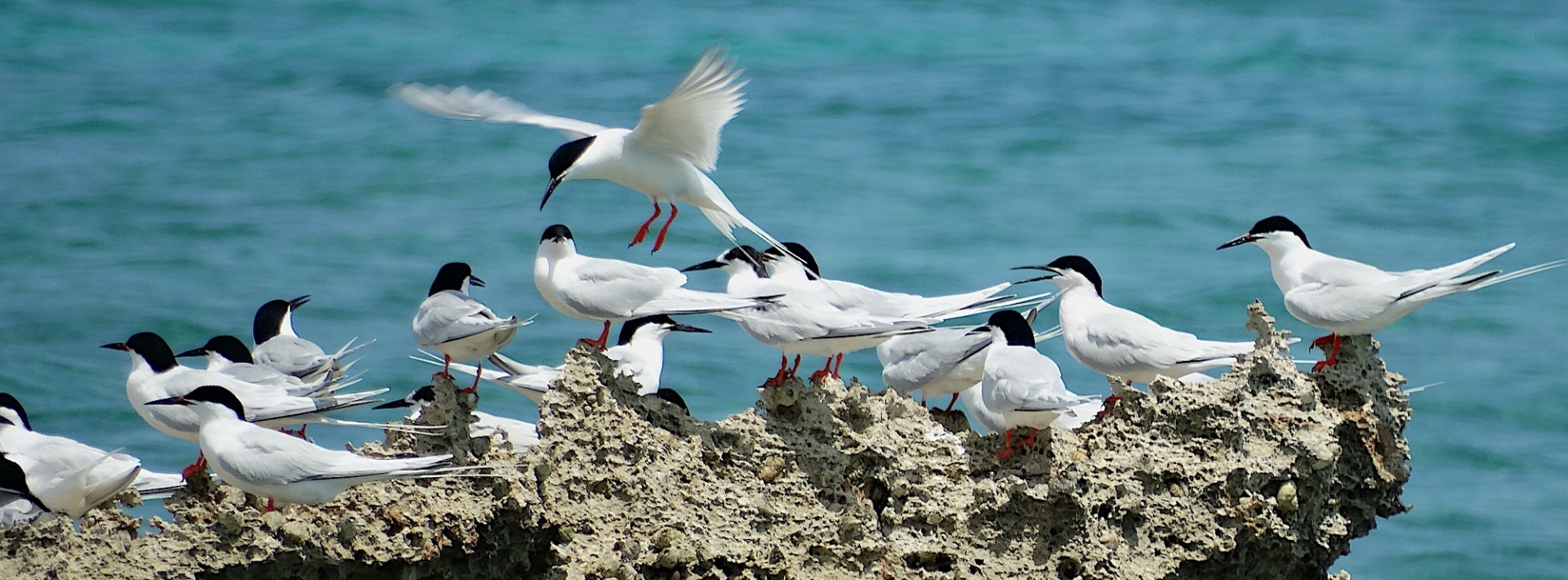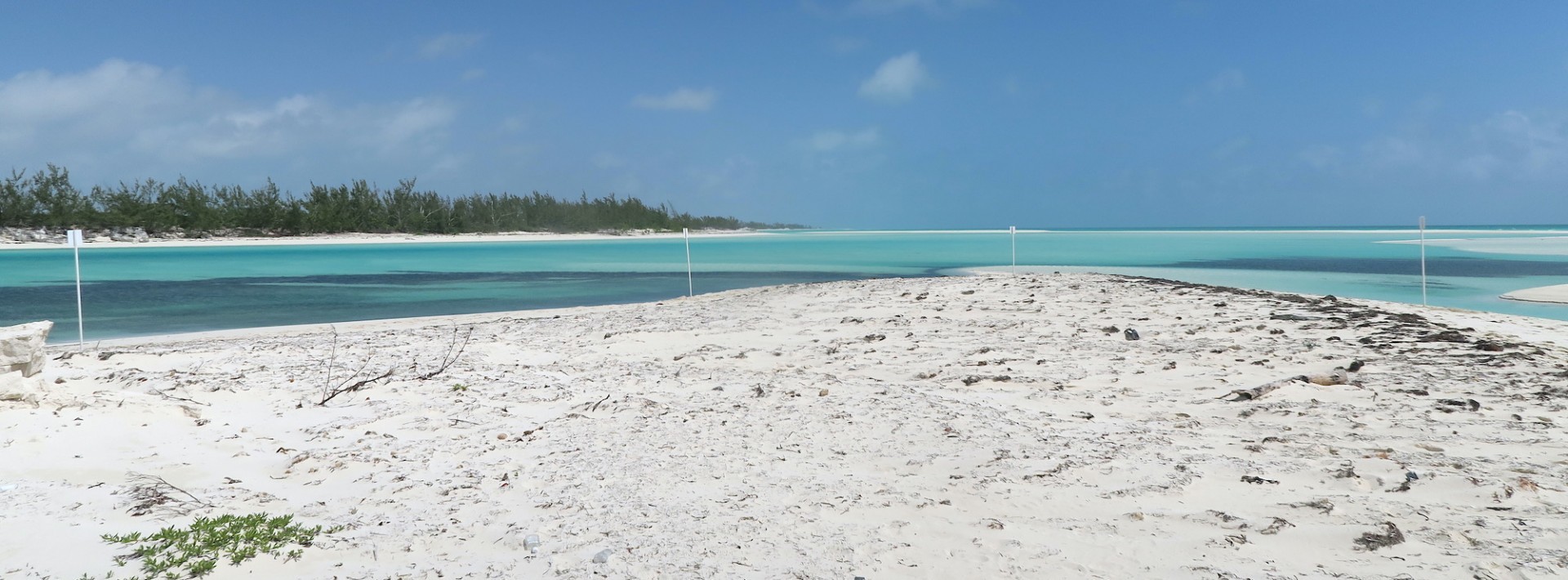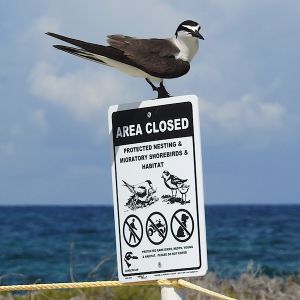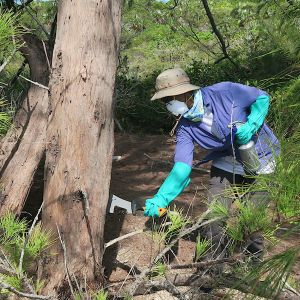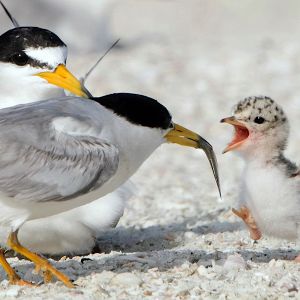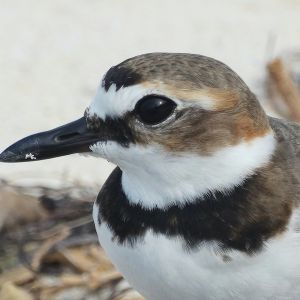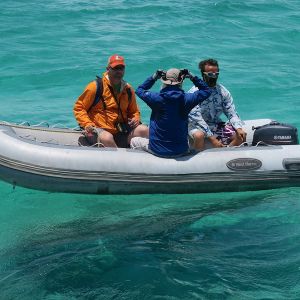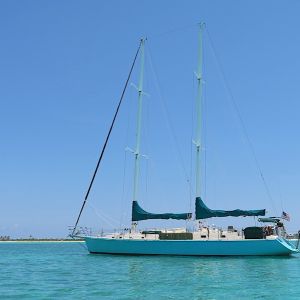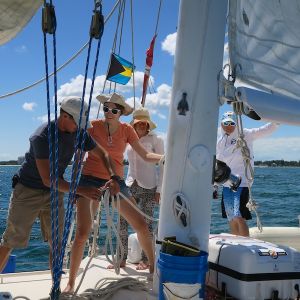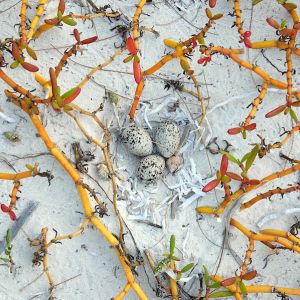In Brief
Conservation Value:
The 700 islands of the Bahamas archipelago provide a wintering area for about a quarter of the known population of piping plovers. These coastal habitats are also important for other wintering waterbirds and high numbers of resident breeding birds including roseate tern, Wilson's plover, American oystercatcher, least tern, and bridled tern.
Threats:
Key threats are from habitat destroying Australian pine (Casuarina equisetifolia), which is invading beach areas right down to the water, and from human disturbance (boaters, beach-goers, pets, ATVs).
Actions & Results:
Since 2016, Conservian has partnered with the Bahamas National Trust and Birds Caribbean to implement its site-by-site effort to restore and protect key shorebird sites. The project is building local capacity for coastal stewardship with hands-on conservation actions.
- Biologists and a volunteer crew travel to key sites aboard a 75-ft research schooner to sites that include national parks, Important Bird Areas and some remote locations.
- Australian pine is being eradicated though girdling and herbicide application along 15 miles of beach habitats (or 350 acres). There is ongoing training of Bahamian parks staff for a multi-year eradication program.
- Signage is erected to demarcate restricted shorebird areas and address site-specific issues such as pets, vehicles, boat landings, prohibited mechanical beach-raking and cleaning practices, and limits on the use of beach furniture. 26 shorebird sites have been protected and 10 Bahamian residents have been traiened to contiue this work.
- Data is collected on beach-nesting bird abundance, distribution, habitat use, and human-caused disturbance.
- In January 2022 the Conservian team will add the International Piping Plover census to its duties.

Location:
The Bahamas Archipelago of 700 islands.
Goal:
Protect and restore coastal beach habitat for migratory piping plovers, migratory shorebirds, and resident beach-nesting birds.
Project Field Partner:
Conservian Coastal Bird Conservation in partnership with the Bahamian National Trust
Cost:
Cost to ICFC (2016-2022): CA$435,754
Size of Area Involved:
All important sites within the entire 8,573-km2 Bahamas
Support this projectGallery
Click to enlarge an image
In More Depth...
Our partner Conservian Coastal Bird Conservation with project leader Margo Zdravkovic. For this project, Conservian is working with volunteers, the Bahamas National Trust, and BirdsCaribbean. In 2016, ICFC received support for this project from the Nature Conservancy of Canada.

Most of the Bahamas shorebird habitat remains unmonitored and unprotected from human-caused disturbance due to lack of resources and funding. There is an urgent need to begin monitoring, protection and restorative actions for shorebirds as these imperiled species are enduring ever-increasing, human-caused disturbance and habitat loss. Invasive Australian pine is of particular concern in the Bahamas and is present on the majority of the islands. The pine destabilizes coastlines and is highly destructive to native beach habitat and beach-dependent species.
In 2015, ICFC's field partner, Conservian, conducted aerial surveys to identify priority sites as a basis for beginning a multi-year conservation effort.
Results to date:
- 26 priority shorebird sites posted
- 20 Bahamian volunteers participated in posting to protect shorebird/seabird sites
- 10 local Bahamian volunteer stewards trained and monitoring shorebirds at 12 sites
- 8 Bahamian government and national park staff were trained in invasive Casuarina pine control
- Casuarina control was carried out at 5 Bahamas National Park sites
Work will continue in 2022.
International Conservation Fund of Canada Copyright © 2009-2024
Registered Canadian charity # 85247 8189 RR0001

